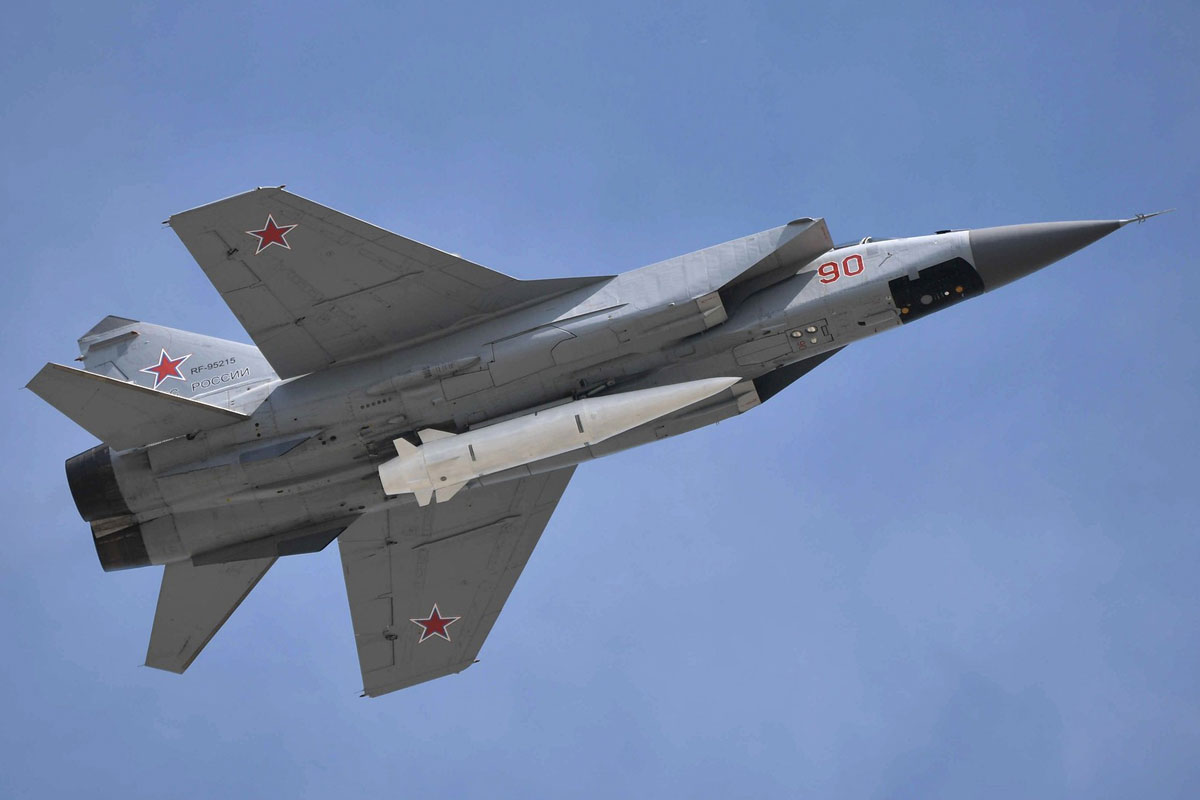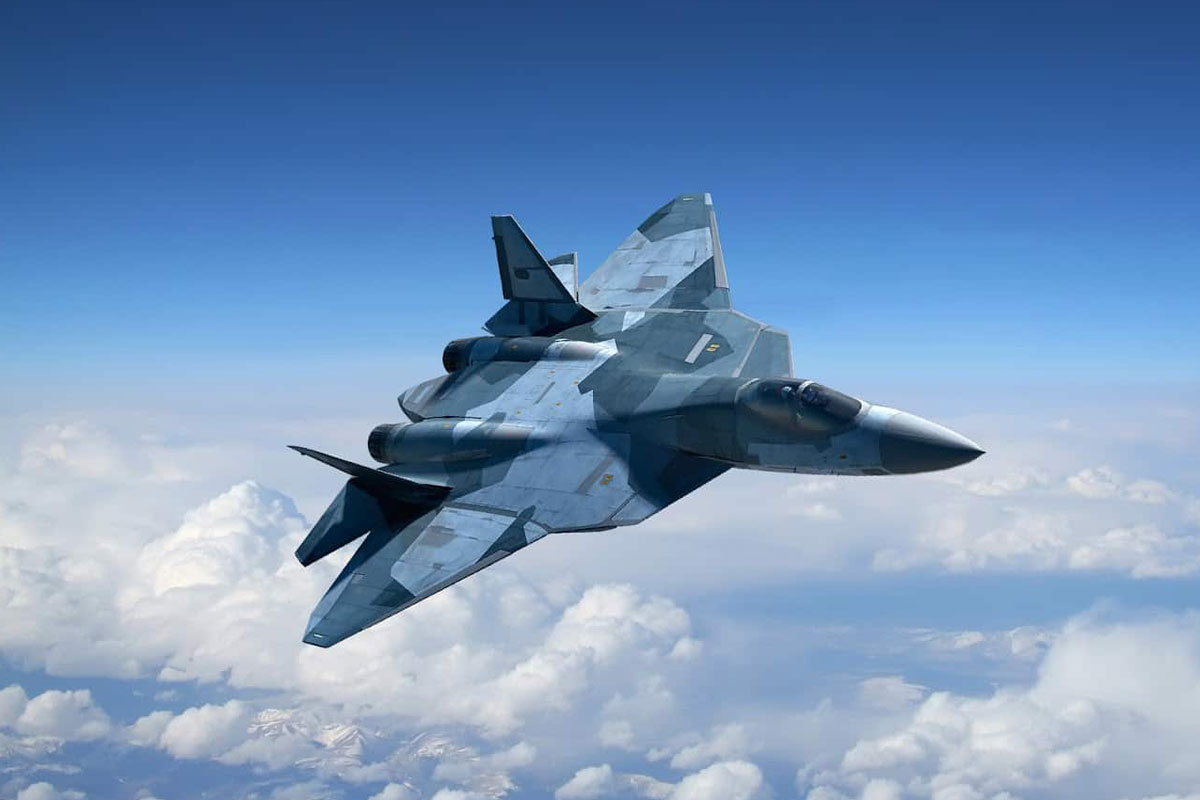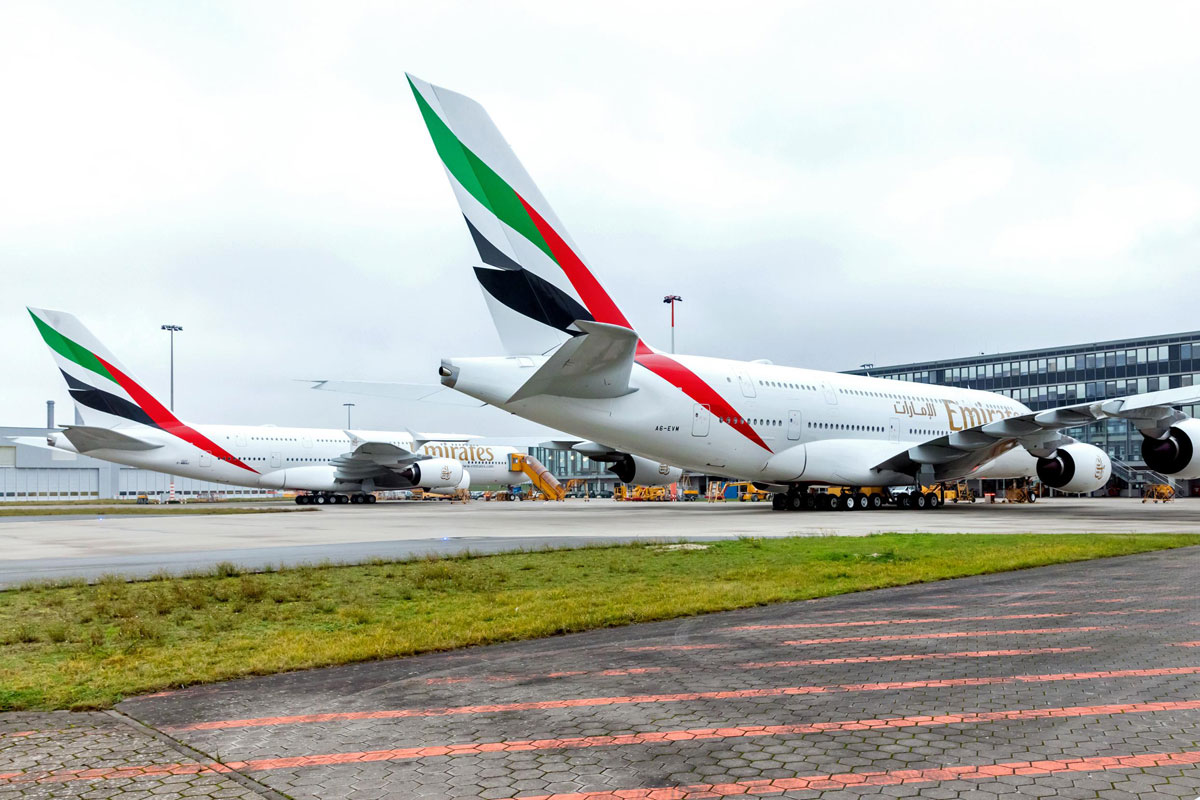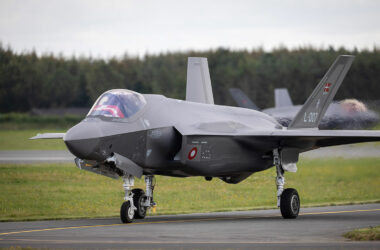Despite the smaller budget than at the time of the Soviet Union, the Russian Air Force has invested in new aircraft programs such as the Su-57, the country’s first 5th gen fighter. In addition to the Sukhoi plane, it is known that a stealth bomber is being deployed, the PAK DA, considered as a flying wing similar to the USAF B-2. However, there is still a very ambitious program underway, the PAK DP, also called MiG-41, a large interceptor that has the task of replacing the MiG-31 in service.
Little is known about this project, however. In 2016, MiG chief Sergey Korotkov commented during an event in South America that “by 2028, the fighter-interceptor MiG-31 will cease to exist… We have the time to create a new aircraft as a replacement.”
Last year, the manufacturer’s general director, Ilya Tarasenko, revealed that the project should be completed by 2019. “The aircraft will use new types of weapons, will be created with new stealth technologies, will be able to transport a large volume of armaments and will operate in a very large interception radius,” said the executive.
A few weeks ago, the Avia.Pro website stated that the PAK DP should have its first test aircraft completed in 2023 and perform the inaugural flight in 2025. This schedule coincides with the MiG-31’s retirement expectation in 2028, but the article does not cite any source to confirm this statement.
Secret details
Without any official information revealed to date, the MiG-41 is the subject of several rumors. It is expected that the fighter will meet the requirements to consider it 6th generation, but it is unclear what performance the aircraft may have.
If your mission will be long-distance interception, such as the MiG-31, a large aircraft is expected to allow considerable autonomy – Russian territory, covering 17 million km², requires this characteristic. Rumors point to hypersonic speed, but that would make the project more expensive, which should have a very small number of aircraft ordered.

It is true that the PAK DP should have stealth characteristics, but more importantly, it should be its avionics suite, capable of detecting several targets at a great distance without revealing its position, with a high-powered AESA type radar. The armaments will certainly include hypersonic missiles, a task now in charge of the MiG-31, as well as laser cannons, under development.
Because of all the complexity involved in the project, which has been under study since 2013, there is considerable disbelief in the West about the MiG-41’s ability to become a reality. If you follow in the footsteps of the Su-57, which took many years to go into series production, the future interceptor may never be seen.






